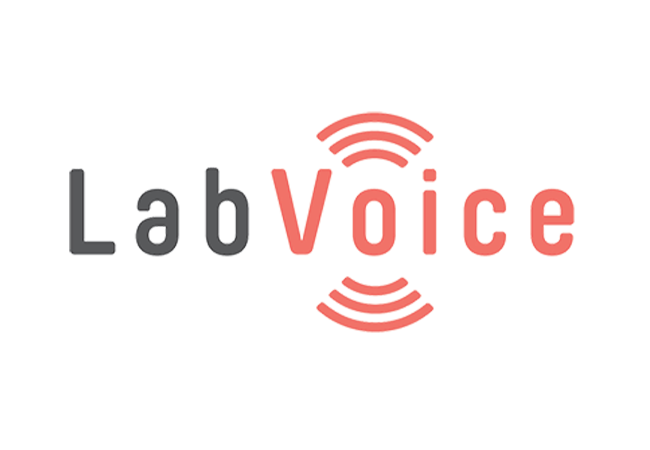LabVoice: Innovating Laboratory Workflows


CED recently spoke with Steve McCoy, Head of Sales for LabVoice, to explore what makes their technology so vital to scientists in their lab workflows.
What does LabVoice do?
LabVoice gives scientists a hands-free laboratory experience by bringing the first voice assistant tailored specifically to users and their laboratories. We know that scientists want to be safe, efficient, and most of all, focus on their science. With LabVoice, there’s no need to look away or deglove while working in the lab and performing tasks like taking notes, working with software, or using instrumentation. We’re working to voice-enable your lab of the future today.
What problem does LabVoice solve?
It seems like we’re discovering more and more challenges each day that LabVoice addresses, but initially our focus was on helping scientists and the people who support them work hands-free, safely, and in a compliant manner as they complete various scientific processes. LabVoice allows users to access their scientific software, such as their electronic lab notebook, when away from a computer and provides instructions as they walk through SOPs and protocols.
How does this different from using Siri or Alexa?
We used to actually call LabVoice “the Alexa for the lab”, but we realized that it was selling the power of the platform short. LabVoice has been designed for the laboratory experience. For example, LabVoice is process aware, and can adapt to any deviations that might occur. What happens if there’s a spill or an instrument is not calibrated? LabVoice can tell the user what to do, if things don’t go as smoothly as they expected. We also can build in vocabularies unique to each lab we work with, making it easier to handle tricky scientific terms or alphanumeric codes that are so commonly used when discussing samples, compounds, and materials.
Aren’t labs typically very loud?
Yes, absolutely, and often very diverse working environments. We’ve used various types of tools to filter out background noise, handle different types of accents and dialects, and it’s multi-lingual – like our team. We speak French, German, and Portuguese. We have a few demos of the platform in action on our YouTube page; see the videos below of LabVoice being used in a lab, and here’s another showing an integration with a partner of ours.
Tell us a bit more about the LabVoice team.
Well, we have a great group of engineers that have allowed us to keep the team small while seeming like we have a 4x the number of developers than we actually do. It’s worth noting that our founders have already left their mark on scientific software. Two of our founders built one of the most popular data pipelining tools (Pipeline Pilot) still widely used today, and another introduced the concept of the cloud as a scientific collaboration tool – well before the cloud was accepted as it is today.
Sounds exciting! Where have you been seeing the most interest?
Well to date, we’ve been mainly working with biotech and pharma companies, as that’s where our team’s network lies. However, it seems that everytime we gain a new customer, we also gain three new suggested areas where else LabVoice would help out: oil & gas, agtech, lab operations, manufacturing floors, environmental testing, equipment maintenance, and more! We had an inclination LabVoice would be industry-agnostic, and it’s part of why we chose RTP & North Carolina as our headquarters.
How easy is the platform to use?
Very – and we’ve made it self-service. But as we tell all prospective customers, why don’t you put it to the test? We are happy to build a tailored demo for any interested party. All we would need is a short description of the process plus any accompanying SOP, instructions, table, or other docs related to the process.
Reach out to LabVoice at info@labvoice.ai (or Steve at steve@labvoice.ai)! Connect with LabVoice at labvoice.ai to keep up with the latest.


